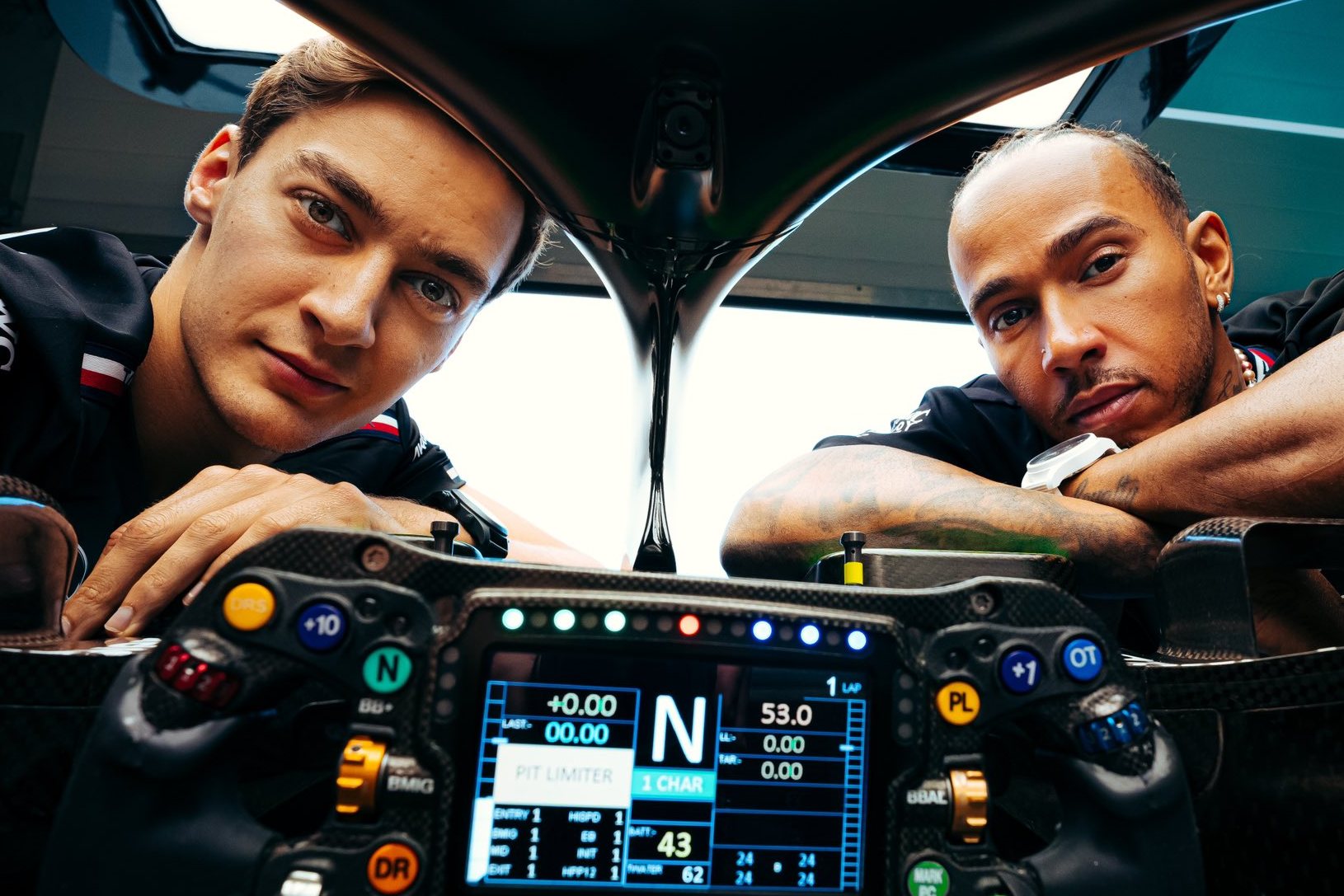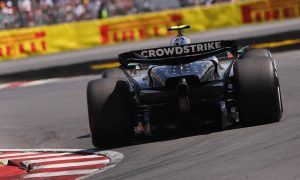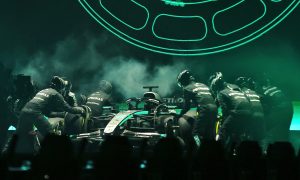
Mercedes technical director James Allison says it’s “doubly important” for the team to produce a good car for 2024 because its basic design will be carried over into 2025.
Last spring in Monaco, Mercedes rolled out a significantly revamped car, one that shed its ‘zero sidepod’ concept, and which has since evolved according to the team's development programme.
Progress has been steady, allowing the Brackley squad to uphold its runner-up sport in F1’s Constructors’ standings.
But the bulk of its resources has now been channeled towards its future W15, a design that will follow an entirely new concept according to Allison.
Mercedes’ have worked tirelessly, and continue to do so, to field a machine in 2024 that will finally allow the former championship winning outfit it to turn around its fortunes.
Read also:
But at Suzuka last month, Lewis Hamilton claimed that Mercedes will need the greatest six months of development in its history to take the fight to Red Bull next season.
In Qatar, Allision added to the topic and underscored why it is “doubly important” for Mercedes to get its car right and running competitively at the outset of next year’s campaign.

©Mercedes
“It will be a different car for one thing. So, I won’t be working with this one,” he said last weekend.
“He [Hamilton] is correct in two senses. It’s a new season, it’s important that we get off the new season on the front foot.
“But more than averagely so, because with 2026 bearing down on us, a car that will need to be engineered in 2025, it’s highly likely that the 2025 cars can be close cousins of the 2024 cars.
“So doubly important to get the 2024 car good.”
Last year, Hamilton warned Mercedes over the vicissitudes of its W13’s ‘zero-sidepod’ concept and urged the team not to carry over the radical design into 2023, which it did despite all.

Allison admits that Hamilton and teammate George Russell are more actively engaged this year in the development of their future challenger, the pair meeting or interfacing with Mercedes’ engineers away from the commotion of race weekends and their often “fractious environments”.
“At the race weekends you get your greatest access to the drivers because you’re with each other for many hours,” he explained.
“But it’s also a very fractious environment to interact, because the pressure of doing well at the circuit means that it’s just slightly less objective than if you’re doing it back at home.
“And the drivers have been good enough to put aside time for us in the slightly cooler environment of home.
“That has proved useful, it’s proved helpful for ranking the problems they have, for seeing the opportunities and just making sure that the things that we are working on are well aligned with what they’re describing.”
Keep up to date with all the F1 news via Facebook and Twitter







